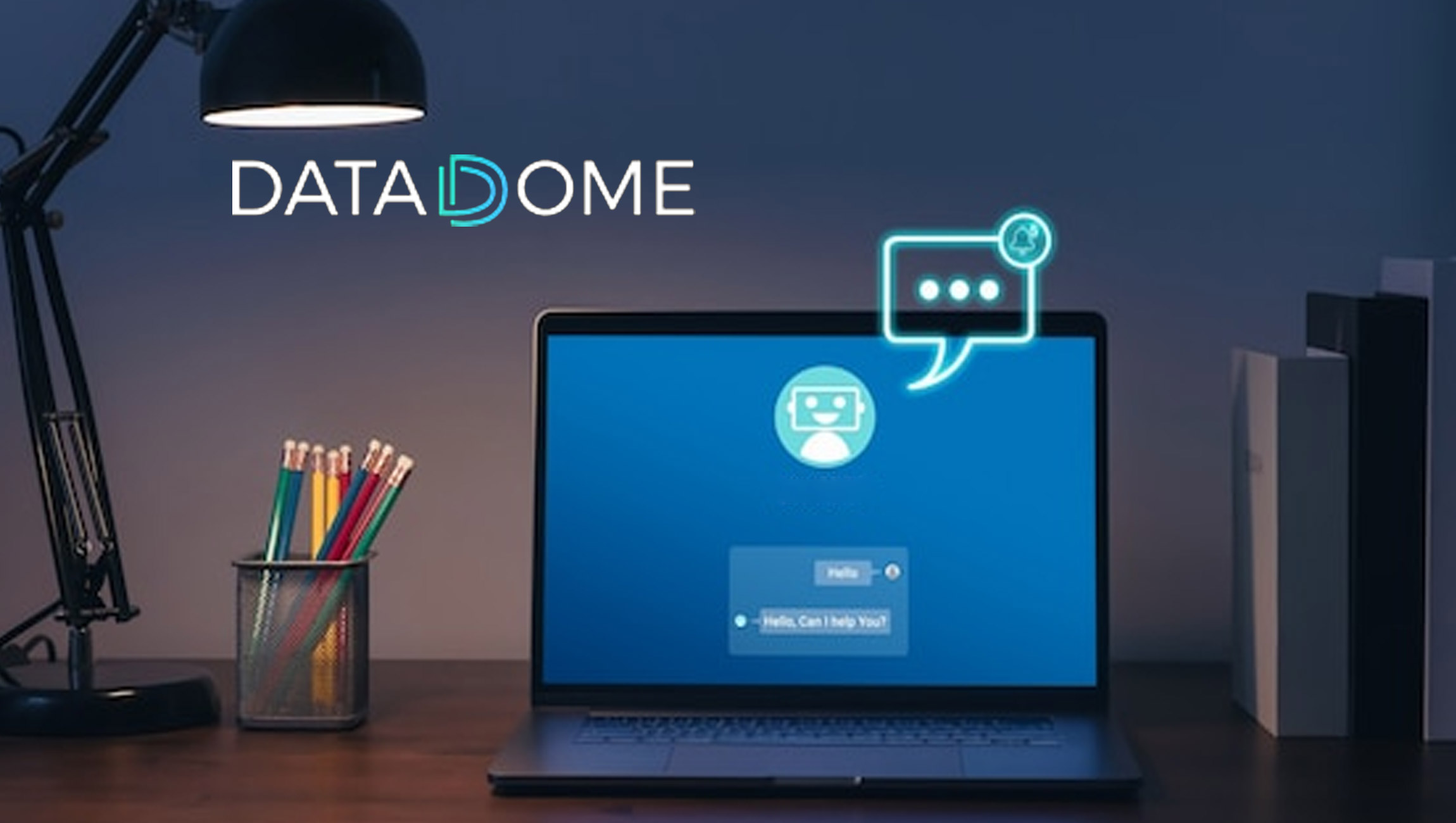North America Labor Market in Turmoil: Lack of Data Exacerbated by Complexity, Scale, and Physical Distribution of Workforce to Blame
In a brief video explainer and commentary, Ian Cook, managing director of People Intelligence Alliance, an advocacy for data-driven organizations, introduces business leaders to the People Impact Gap in corporate America, why it’s important to solving their workforce challenges, and recommended actions to be taken today.
“When you can move from knowing to doing and be confident that the work will improve performance, it is time to take action. The last 25 years have been all about understanding the customer. The next 25 years will be about understanding the employee”
The labor market is at the heart of North America’s current economic turmoil. Layoffs in the high-tech sector have become commonplace, and at the same time, wages continue to grow and the unemployment rate continues to decline. This is new territory for every executive team. A recent article by The Economist highlights how a rebalancing of the labor market is central to reclaiming a degree of economic stability.
Marketing Technology News: Next-Gen Data Company Caden Appoints Head of Data and Analytics as it Gears up for Launch
This all speaks to the need for CEOs to understand their people and how they contribute to business results — at the same level of depth as they understand their financial position. And yet, according to research by Deloitte, only 3% of business leaders believe they have access to the people data they need. This is what the People Intelligence Alliance has identified as the People Impact Gap.
“This is the gap that exists between all of the people data that is held within an organization and the ability for managers to use that information to make effective business decisions. The quantity of people data available is enormous, and yet the application of this data to the CEO’s most urgent problems only happens in the most advanced organizations. In order for an organization to thrive in the 2020s, this needs to change,” emphasized Cook.
The People Intelligence Alliance recommends CEOs take action by:
- Educating themselves on the actions and results of the organizations that are closing the People Impact Gap.
- Work with their people leaders to identify the critical business risks or opportunities that can be mitigated or enhanced through the application of people data.
- Set expectations and approve investments required to close the People Impact Gap.
The returns from these actions can be substantial. According to research published by Harvard Business Review, employees with more experience working within your business can produce as much as 50% more revenue per hour worked.
Intuitively, most CEOs understand the performance gains that come from their best teams. What has changed is the availability of the data, knowledge and technology to put this type of insight to work inside an organization on a daily basis.
“When you can move from knowing to doing and be confident that the work will improve performance, it is time to take action. The last 25 years have been all about understanding the customer. The next 25 years will be about understanding the employee,” explained Cook.
Marketing Technology News: MarTech Interview With Konrad Feldman, CEO at Quantcast












